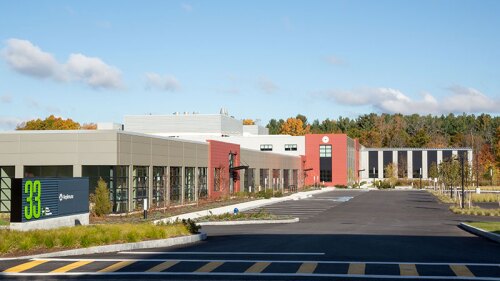Healthcare and Medical
A growing body of research indicates that physical space profoundly affects our brain health. The capacity of our buildings and public spaces to be regenerative in that regard remains largely untapped, however. The key resources for developing brain capital are brain skills—cognitive processes such as memory, attention, and critical thinking; and brain health—the overall functioning of an individual’s brain throughout that person’s life.
While the various segments of the Greater Boston commercial real estate industry grapple with how to return to operations safely as the global pandemic persists, the region’s life science sector continues to thrive. Acquisition, development, and leasing of laboratory properties remain robust in Boston and Cambridge as well as in the submarkets, according to a panel of life science property owners recently assembled for a ULI Boston webinar.
The growing popularity of building for health and wellness and the value derived from it are explored in a new ULI report, The Business Case for Healthy Buildings: Insights from Early Adopters. The report documents how real estate leaders worldwide are increasingly seeking to create environments that support healthy lifestyles in both workspaces and homes.
Hundreds of millions of dollars are pouring into plans to help incubate and retain life-science startups in New York City, panelists said at a ULI New York event in May. Locating in Manhattan offers the benefit of a variety of possible partners, including universities, hospitals, and other technology firms, as well as the presence of investors and potential employees, they said.
Implementation of the Affordable Care Act has driven both health care–related job growth and demand for real estate in the United States. But health care REITs are not immune from external market challenges, and they have thrived in the current low interest rate environment. Plus, interest rate survey data from Trepp.
Health care has been one of the worst-performing sectors for real estate investment trusts this year, with a total year-to-date return of –17.60 percent. This performance has been surprising, since the sector has been a model for growth in prior years. So what has pulled the sector down during 2015? Plus, interest rate survey results from Trepp.
Ten integrative approaches to the design of health care facilities illustrate ways to forge links with nature, existing buildings and institutions, and communities.
In a recent New Yorker article, “Adaptation: How Can Cities Be ‘Climate-Proofed’?,” sociologist Eric Klinenberg points out that much of the discussion around resilience focuses on physical infrastructure, when social infrastructure can play an equally important role in how well a community survives a natural disaster.
Medical providers from coast to coast increasingly are considering locating services in existing retail and dark big-box locations—an approach that may be the most expedient for adapting to the changing demographics and new patient capacity required by the health care legislation. Learn what special considerations are required when contemplating such a renovation.





